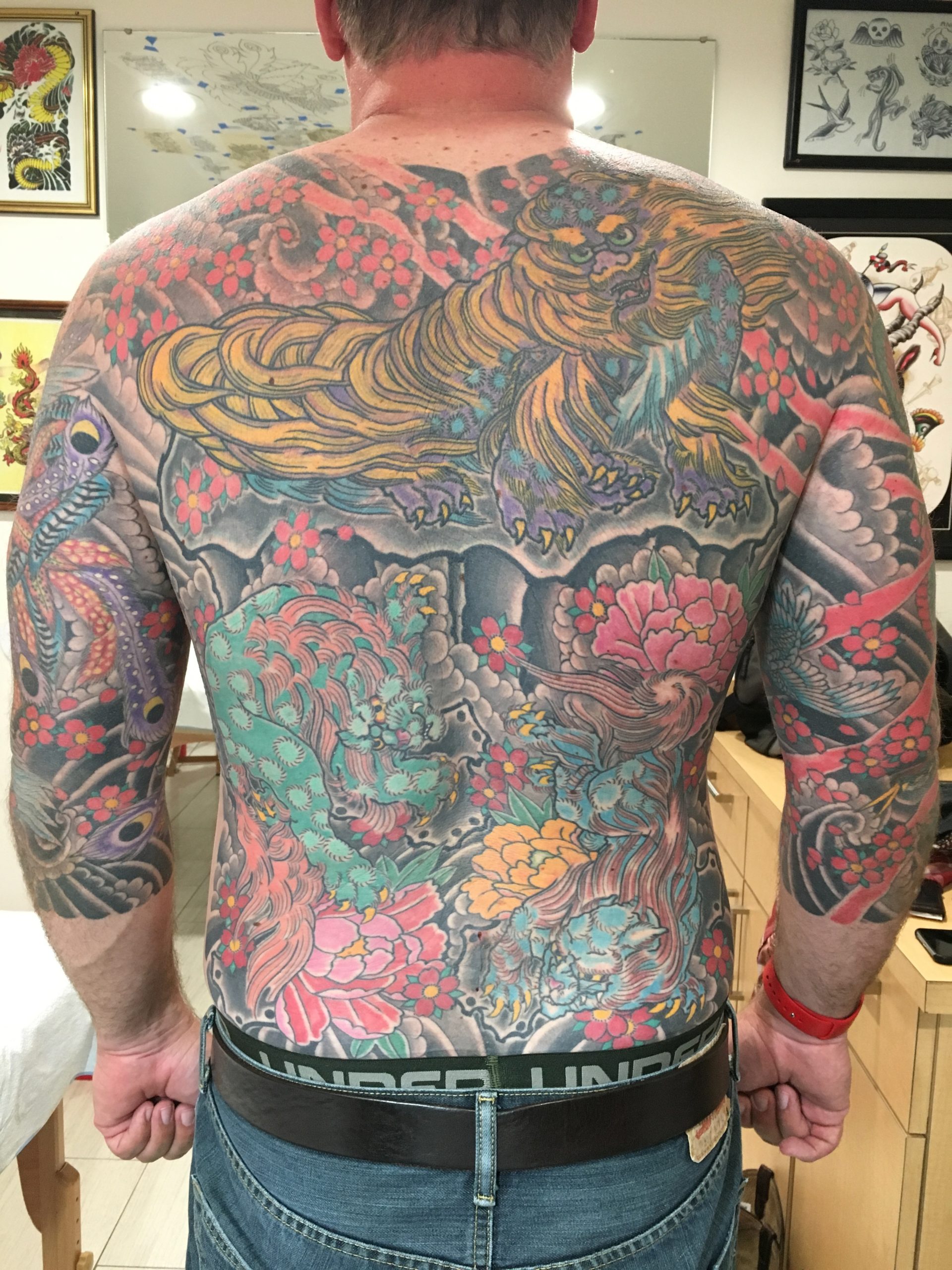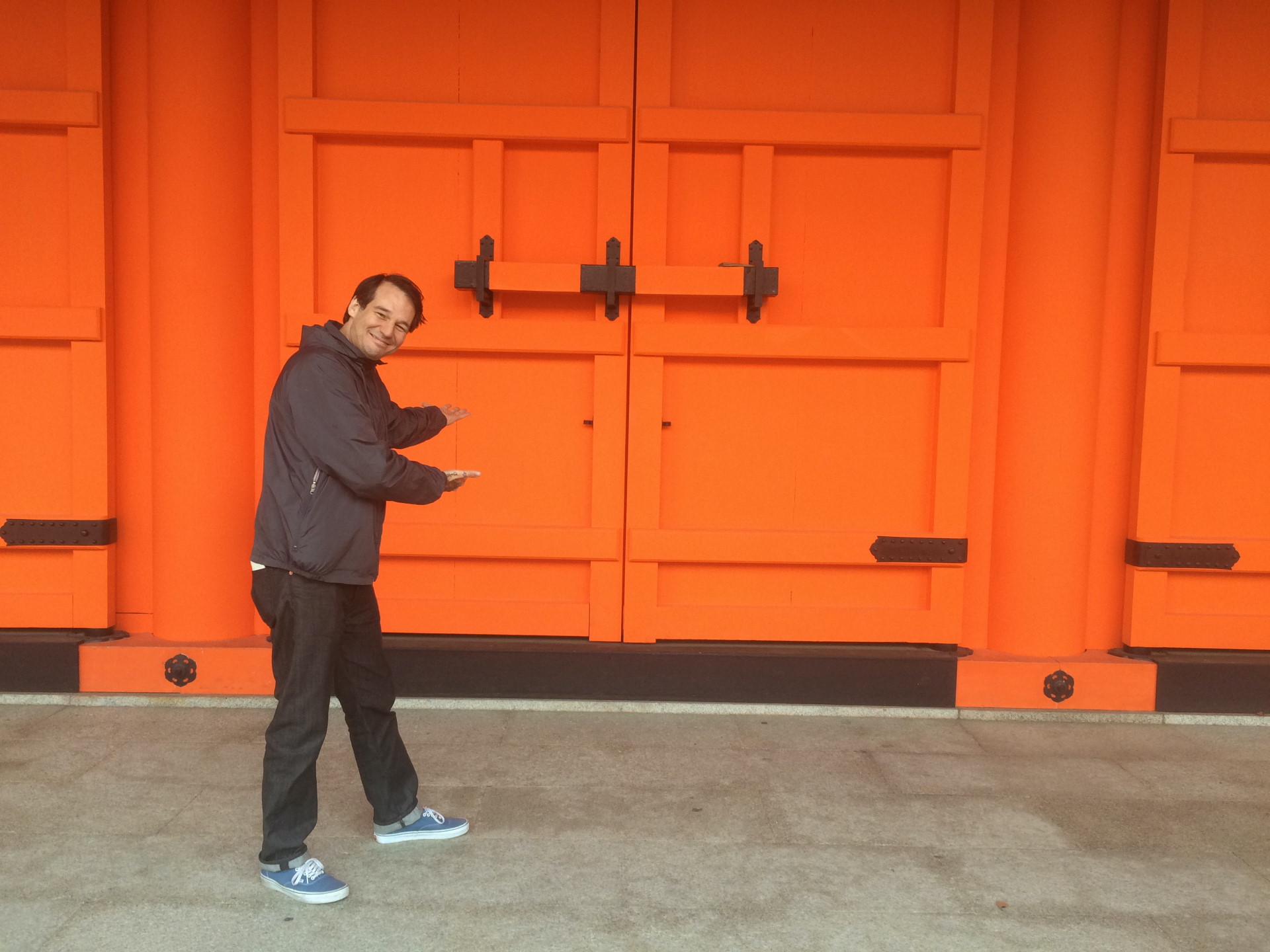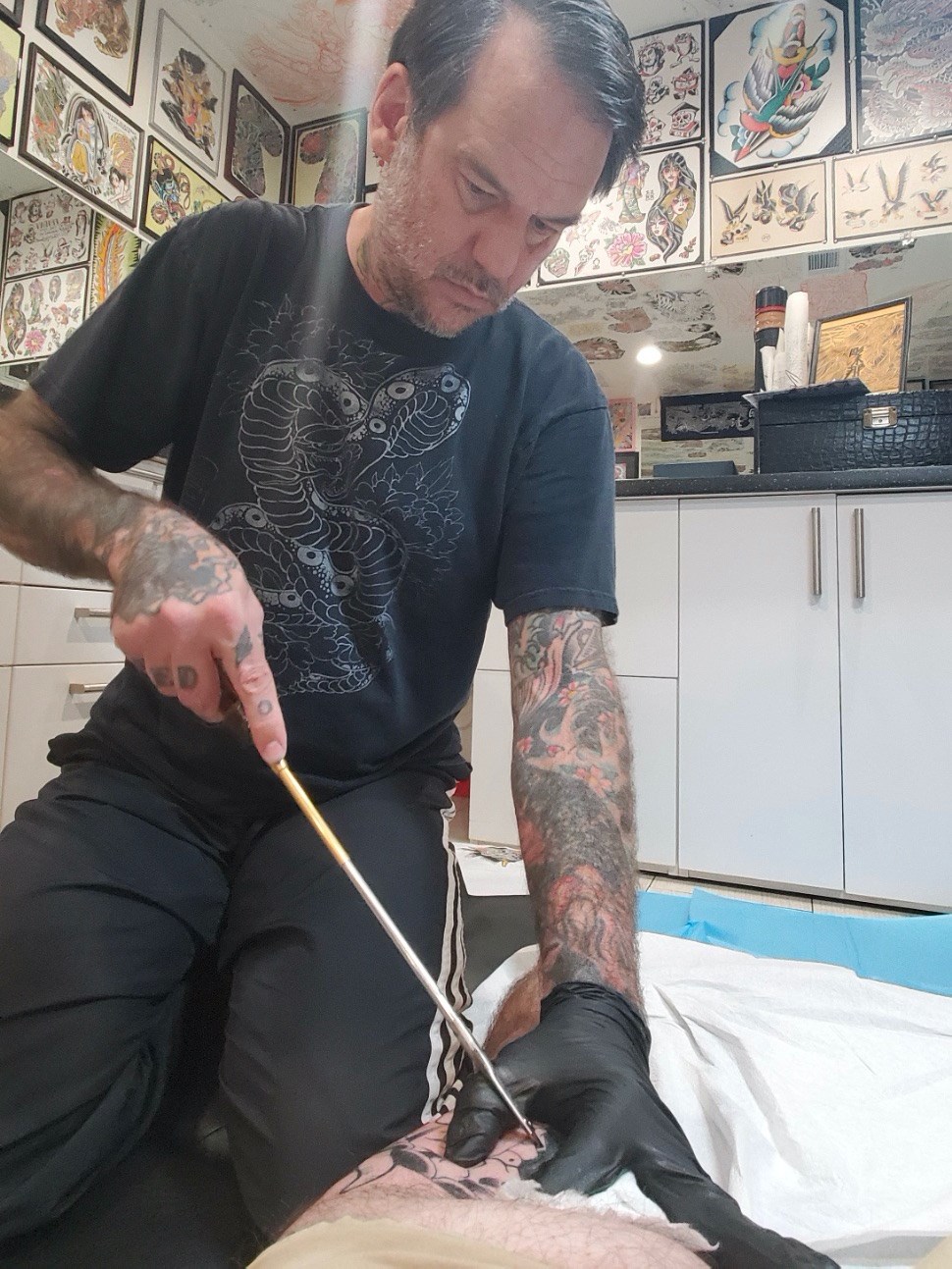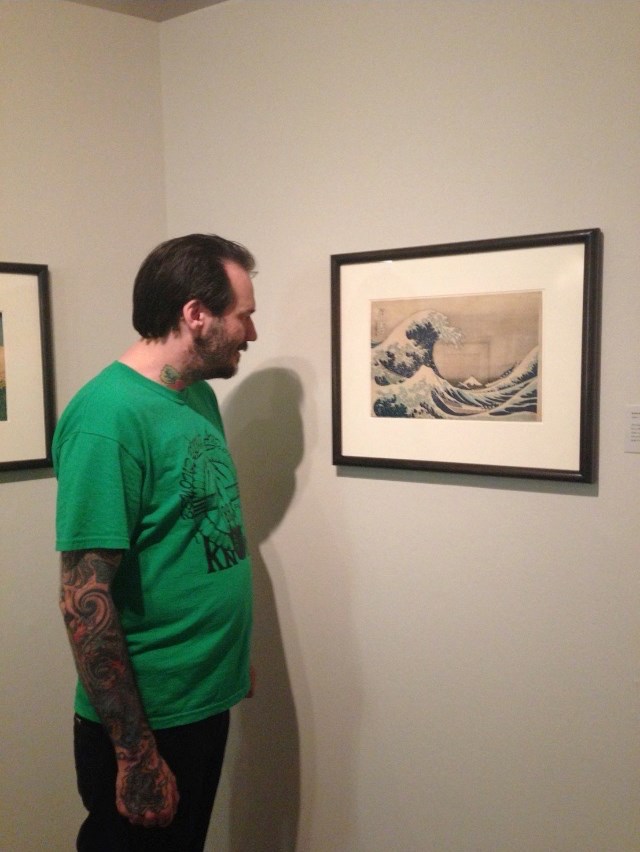He mentioned a couple things in that stream of consciousness blast that was written on one continuous roll of butcher paper with not much punctuation and a lot of power and love and visionary seeing of the soul. These were things that I had never heard of before. If I had, they were just words, with no substance, just titles, with no meaning to me. The words flowed like the interstate ahead of me, they fell like the rain on the plains, and they roared like the mighty Mississippi, pouring off the page and into my psyche to transform me evermore, just as the road was doing to me at the very same time. Experience was the word of the novel. Grab it, live it, experience it, it’s yours! But the point of this diatribe were a few choice words Kerouac shared, they were: Buddha, Buddhism, Shakyamuni, dharma, arhat, bodhisattva, and zen.
All these words pointed a poor boy’s imagination towards the east, not the east of New York city’s Lower east side where we played our music off Rivington street, not the east of Washington DC where I strummed guitars in Mount Pleasant, not the east of Northampton Massachusetts where we bedded down for a while at an all girls college dormitory and ate free food that the girls parents were paying for in their cafeterias, and that , not incidentally, I had tattooed myself with a needle and thread after a long night and watching the sun rise from the rooftop in the cold air with the snow on the ground.
It was there I got the call that my Grandfather had died. It was on a payphone in the hall, the girls were walking by, and I was slumped on a bench with the phone held to my ear, but I rebounded so quickly, filled as I was with the invincibility of youth, even when confronted with the mortality of my own blood.








